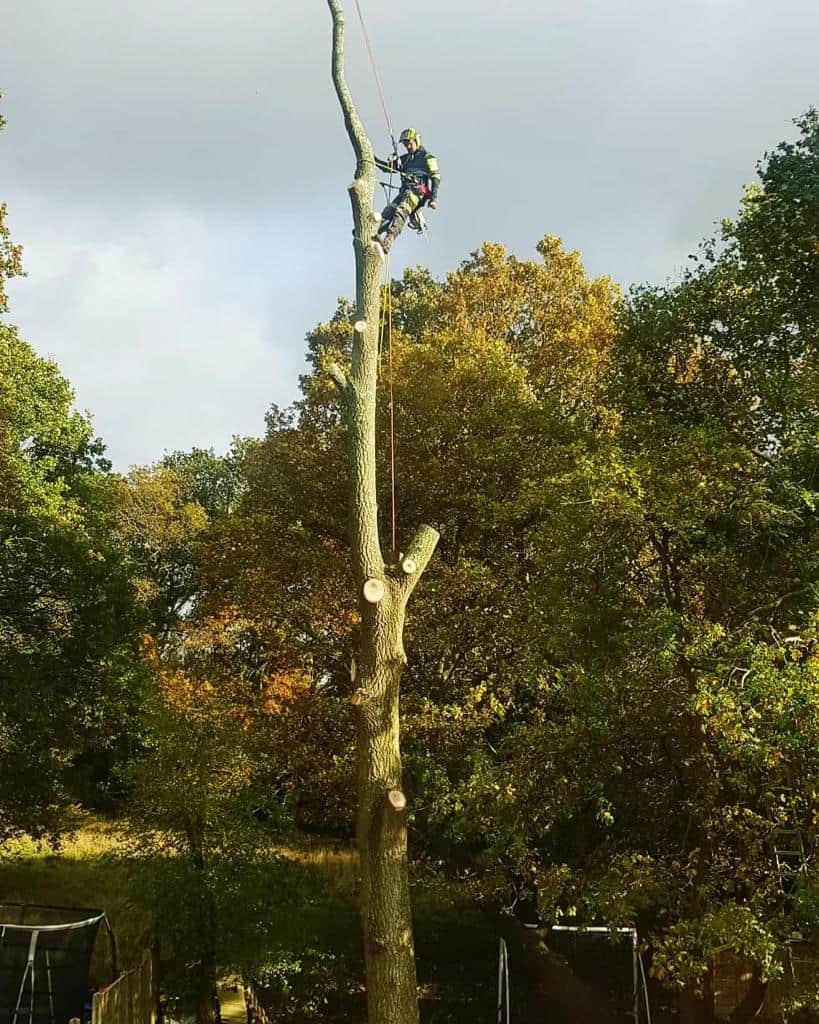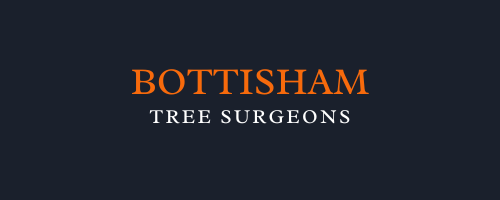Introduction
Trees add timeless beauty, shade, and environmental benefits to any property. But like all living things, they can fall into poor health, pose safety risks, or simply outgrow their space. In Bottisham and across Cambridge, we often see homeowners unsure about when to call in a professional tree surgeon. Knowing the early signs that your tree needs help can save you stress—and a lot of money in the long run.
If you’re starting to notice changes in your tree’s appearance or structure, don’t ignore them. Tree issues often develop gradually, but once they reach a certain point, DIY pruning or guesswork simply won’t cut it. Let’s walk through seven telltale signs that your tree may need expert attention—before it becomes a danger to your home, garden, or even your neighbours.
Key Takeaways
- Dead branches can pose serious risks if left unattended.
- Visible fungi may signal internal decay in your tree.
- Leaning or shifting trees often mean unstable root systems.
- Cracks in the trunk weaken a tree’s overall structure.
- Sparse or early leaf drop may hint at stress or disease.
- Excessive insect activity could mean the tree is in decline.
- Unusual growth patterns might lead to future structural problems.
1. Dead or Falling Branches
Dead wood in a tree isn’t just an eyesore—it’s a clear danger. If you notice large branches dropping unexpectedly, or if sections of your tree remain bare while the rest is thriving, it’s a red flag. Dead limbs can fall during calm weather or become dangerous projectiles in a storm. In a built-up area like Bottisham, this isn’t just an issue of aesthetics—it’s a safety concern.
Dead branches often indicate internal decay or disease. A professional tree surgeon can assess the extent of the problem and carry out selective pruning or full removal if necessary. Waiting too long may mean more of the tree has to be removed—or worse, an emergency callout after damage has already occurred.
2. Fungal Growth at the Base
If you’ve spotted mushrooms or other fungal growth around the base of your tree, don’t ignore it. While not all fungi are harmful, certain types—like honey fungus—can indicate serious rot within the tree’s roots or trunk. This sort of internal decay isn’t always visible, and by the time you spot a cluster of fungi, the damage could be well underway.
Fungal infections compromise structural integrity, making trees more prone to toppling over. Especially in residential gardens near fences, sheds or homes, it’s not worth taking the risk. Our team at Bottisham Tree Surgeons is trained to identify fungal threats and recommend the most appropriate action.
3. The Tree is Leaning More Than It Should
Some trees naturally grow with a lean, especially if they’ve been reaching for light. But a sudden or increasing tilt is a major warning sign. Shifting soil, root damage, or high winds could have weakened the foundation. You might also notice soil lifting on one side of the trunk—another clear signal of instability.
Leaning trees present serious hazards, especially during storms. In densely populated areas like Cambridge, where gardens are close together, one fallen tree can affect multiple properties. A professional can assess whether cabling, bracing, or full removal is required. It’s a problem best handled sooner rather than later.
4. Cracks or Splits in the Trunk
Cracks in the trunk—especially vertical ones—are like fault lines in your tree’s armour. They can form from storm damage, frost, or the natural ageing process. Whatever the cause, they weaken the tree’s ability to bear its own weight.
Often, cracks create an entry point for pests, water, and disease. Over time, these issues compound, leading to internal rot or structural failure. A qualified tree surgeon can examine the severity of the crack and determine whether it’s a superficial issue or something more serious requiring surgical intervention.
5. Sparse Leaves or Early Leaf Drop
A healthy tree should be full of foliage during the growing season. If yours is looking sparse, with sections bare or losing leaves too early, it’s a sign the tree is under stress. This could be due to pest infestation, disease, drought, or root damage.
Inconsistent leaf growth can also indicate problems with nutrient uptake. A local expert—like Bottisham Tree Surgeons—can carry out a full inspection, identify the root cause (literally and figuratively), and provide a care plan to help your tree recover.
6. Unusual Insect Activity
While trees naturally host a variety of insects, an excessive or unusual presence—such as wood-boring beetles or clusters of aphids—could mean the tree is struggling. Insects often target weakened trees, accelerating their decline.
Look out for signs like small holes in the bark, sawdust around the base, or sticky residue (honeydew) on leaves. Ignoring these signs can allow infestations to spread, not just within the tree, but potentially to nearby plants. A professional surgeon will know how to differentiate between helpful and harmful insects, and take proper action.
7. Odd Growth or Misshapen Structure
Trees should grow in a balanced, natural shape. If yours is developing oddly—perhaps one side is growing faster, or limbs are intertwining awkwardly—it might lead to structural instability down the line. These deformities are often caused by poor pruning in the past or an uneven environment.
Misshapen trees are more prone to splitting and may require corrective pruning. Catching these growth issues early can prevent them becoming expensive problems later. A professional eye can reshape the tree without causing stress or further damage.
Conclusion
Trees are long-term investments in your property, offering beauty, shade, and value. But like any investment, they need proper care. Ignoring signs of trouble can lead to higher costs, risks to safety, and the loss of something that could’ve been saved with timely attention.
If you’ve noticed any of the issues we’ve covered above, it might be time to bring in the experts. At Bottisham Tree Surgeons, we specialise in proactive tree care tailored to the unique conditions of Bottisham and the wider Cambridge area. Don’t wait for small problems to become big ones—get in touch today and let us help you keep your trees strong, safe, and thriving.
Call us on: 01223 912 297
Click here to find out more about Bottisham Tree Surgeons
Click here to complete our contact form and see how we can help with your tree care needs.

